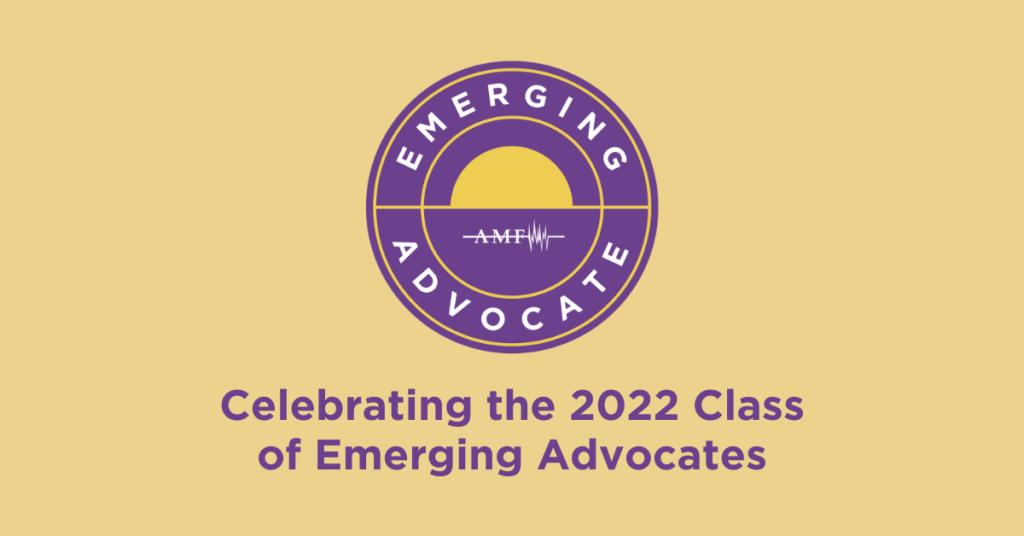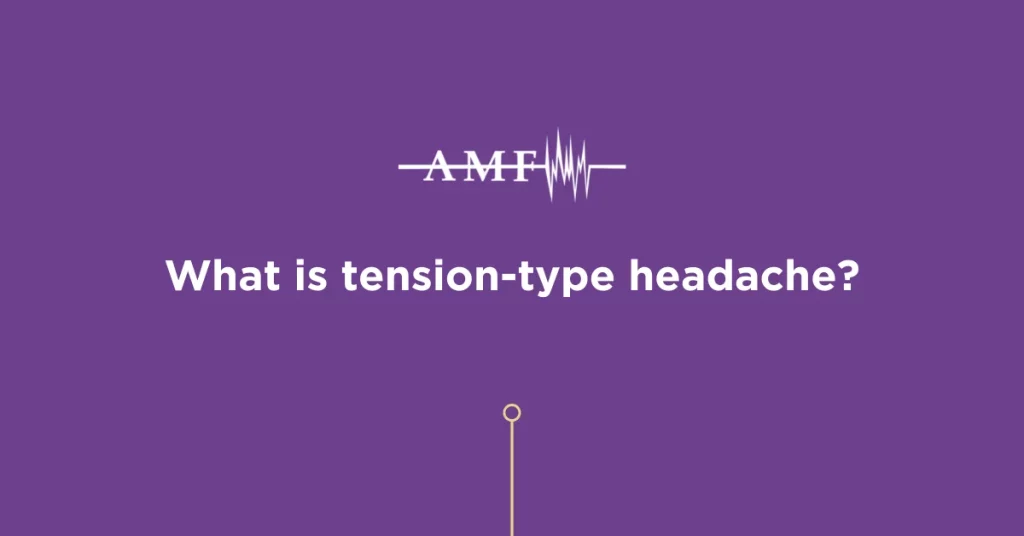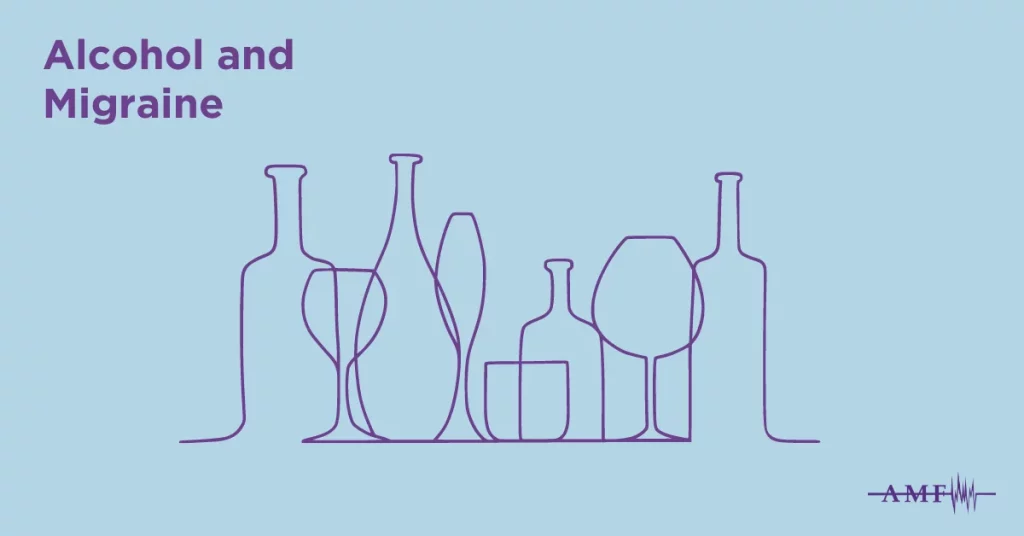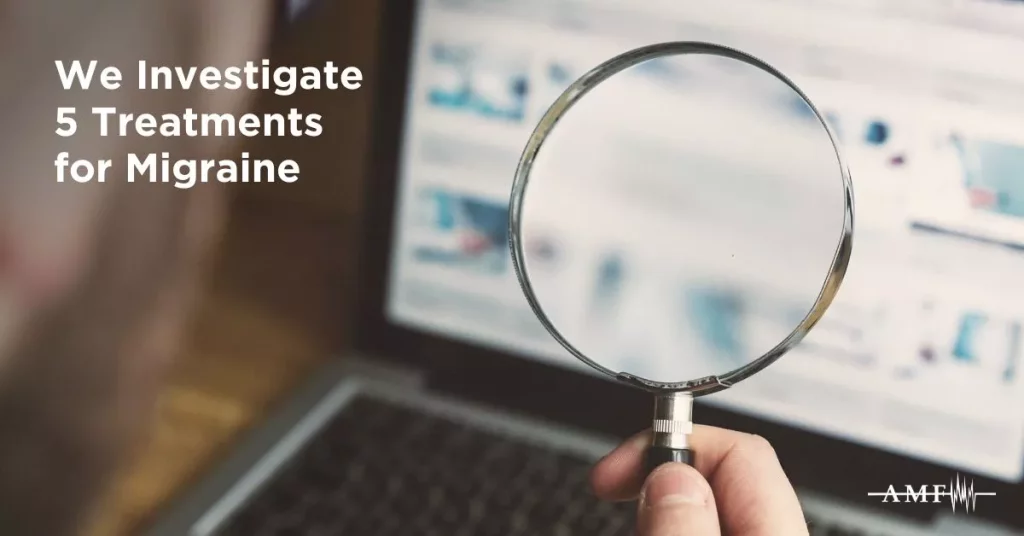Resource Library


of a Migraine Attack


Page 8 of 53

Recapping the Emerging Advocate Program 2022
Learn how the second annual Emerging Advocate Program inspired 68 graduates to become leaders in migraine advocacy. In 2022, the American Migraine Foundation’s Emerging…

Tension-Type Headache: Symptoms, Types and Treatments
Learn about this common type of headache, its symptoms and how it is diagnosed and treated. Tension-type headache is one of the most common…

Alcohol and Migraine
Alcohol can be a trigger for some people living with migraine. Learn what researchers say about determining your risk and managing your symptoms if…

5 Common Alternative Treatments for Migraine
Learn about five alternative treatments for migraine and talk to your doctor about which ones may help you manage migraine. Although there is currently…

Migraine and Menopause Webinar Recap
During menopause, hormone changes can affect migraine symptoms. Learn about the different stages of menopause and how hormone changes may impact migraine. Women experience…

A Guide to Talking to Your Doctor About Migraine
Talking to your doctor is the first step in managing migraine, and communicating effectively benefits you and your doctor. Migraine often requires people to…

The Impact of Stigma on Migraine
Stigma has a major negative impact on one’s ability to manage migraine, especially when it comes to mental health. Living with migraine often means…

Migraine’s Impact on Family Planning and Infertility Treatments
You may be surprised to learn how migraine can disrupt family planning and interfere with infertility treatments. The relationship between hormones and migraine is…

What is Medical Gaslighting?
Learn how to be your own biggest advocate and how to successfully talk with your doctor about migraine. Effectively communicating your symptoms and experiences…

The Relationship Between Migraine and Mental Health
Migraine and mental health are intertwined—here’s how they affect each other. Mental health and migraine have something in common—they’re both known as ‘invisible diseases.’…





























































